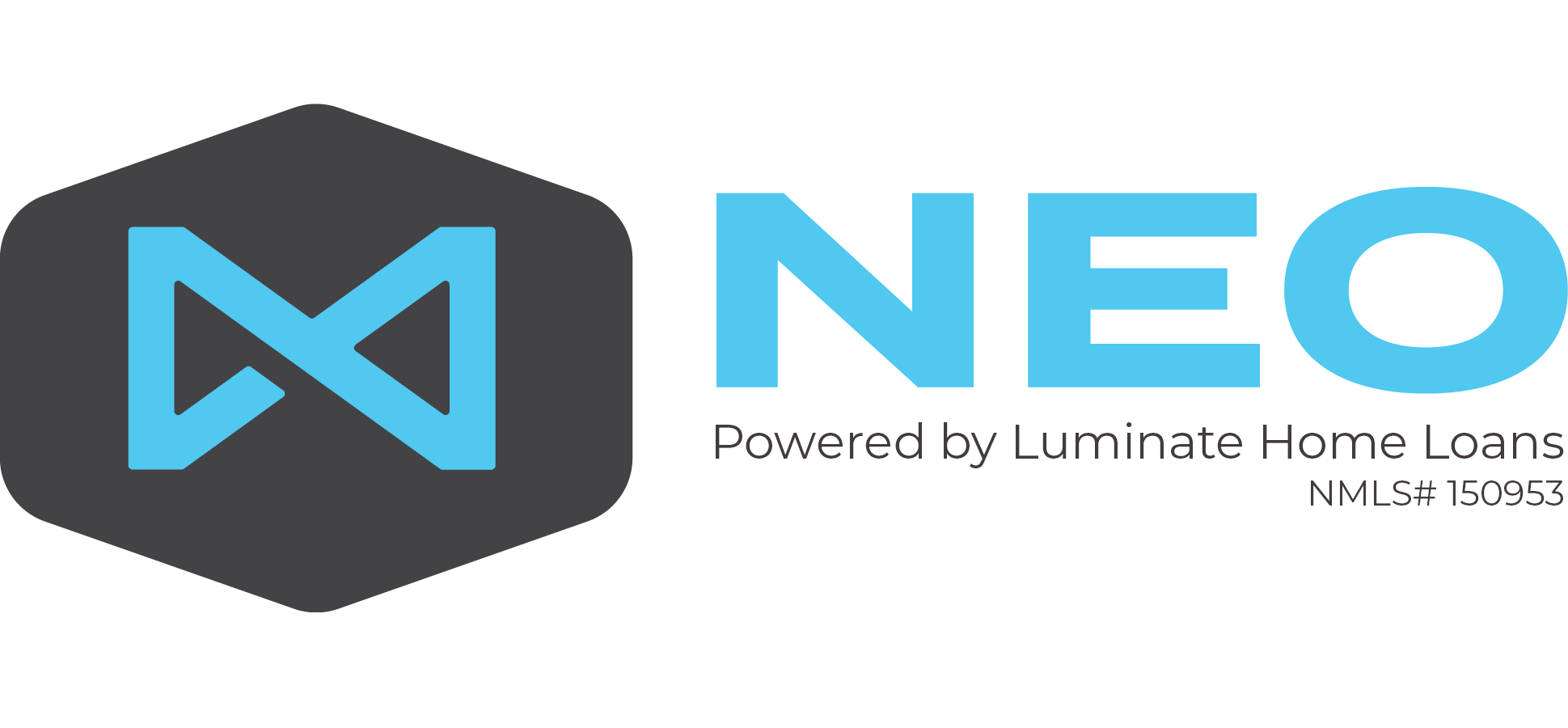The process of applying for a mortgage and getting a mortgage pre-approval can seem daunting, even scary. When applying for a mortgage you are basically opening your financial life up to someone to scrutinize and judge, right? Who wants that? Not me. Yet, in order to get approved it is necessary. Understanding the process of a mortgage can help to calm those nerves and fears a bit. I am going to break this up into two posts. Up first is the process and the steps necessary to getting a mortgage pre-approval.
Quincy Harrington was the inspiration for sharing these steps. He provided a very general overview of the process if you would like to check it out. I have taken this idea and combined it with my own experience and provided some additional detail for each step.
Step 1: Loan Application
Different mortgage professionals may have different first steps but they are all surrounding some sort of information gathering process. The lender needs to know your source of income, your available assets, and how your credit history looks. Normally, the best step to take to assess your situation is through a loan application. The loan application is a four to five page document that gathers personal information such as:
- Name
- Social Security Number
- Birth date
- Address History (2 years)
- Employment History (2 years)
- Income
- Present Housing Expense
- Assets (Bank Account Names, Account Numbers, Balances)
- Debts
This is not an all encompassing list of what is included on the application but it gives you the general idea of what information will be needed.
Step 2: Credit Check
Again, depending upon the process your mortgage lender is following Step 1 and Step 2 could be interchanged, but in order to run credit the loan officer will need some identifying information such as your name, social security number, address, and birth date).
Once they have enough information and your authorization a credit check is performed. Credit checks are performed through third party companies called credit reporting agencies. The credit reporting agencies pull the report from which credit bureaus are requested by the loan officer. Typically, a tri-merge credit report is pulled. A tri-merge credit report is simply a credit report from all three major credit bureaus (Equifax, Experian and TransUnion) and merged onto a single report.
Your credit report will provide your credit score (one from each of the credit bureaus pulled) and your credit history. This information will be used to determine the loan programs you may qualify for.
Pre-Qualification
Pre-qualification is not exactly a step but rather a point in the process where the lender has made the professional opinion that you are likely to qualify. This assessment is based on the information they have been provided by you.
Personally, I do not issue pre-qualifications because there are too many variables and potential for the assessment to be wrong. A simple example would be your calculation of income. Do you know how the mortgage industry is required to calculate income? Probably not. You are, therefore, calculating income based on what you believe you earn. Let’s say you are hourly at $18/hr. Do you work full time? If so that comes to $37,440/yr. But wait, do you really work full time? Or do you take every other Friday off? Do you get paid time off or do you have to take sick days without pay? All of these can factor into the income calculation impacting your ability to qualify which is why I always move on to the next step in the process.
Step 3: Supporting Documentation
You’ve said your income is $X. You said you had $Y in the bank. You said you work at wherever. Picking up on a theme? Yep, it is all based on what you said. But now it is time to prove it!
During this step in the process you will typically be asked for a laundry list of documents needed to support your loan application. Here is a typical run-down of the documents that may be needed:
- Photo ID
- Pay check stubs (about 30 days of earnings)
- Bank statements (1-2 months)
- Investment or Retirement Statements (1-2 months or most recent quarterly)
- W2s (1-2 years for ALL employers)
- Tax Returns (1-2 years, including business returns if you own a business)
- Bankruptcy Paperwork (if bankruptcy in past 7 years)
- Divorce Decree, Separation Agreement and/or Child Support Papers (if divorced or you pay/receive child support)
This, once again, is not a full list. There is a lot of potential for one-off items based on your individual circumstances, loan program, etc. This should give you an idea of what will be requested from you.
Gathering all of this can be a pain in the %^*@. It has gotten much easier in the past 5 years or so, however. Why? Because almost everything is done electronically now. You can login to your online banking and pull your bank statements. You can login to your payroll system and pull your W2s. Some stuff is still going to be in the paper format you are going to have to scan in, but overall I think the electronic format of these documents has made this much easier than in the past.
Step 4: Qualifying
Now that your loan officer has your application, credit check and all supporting documentation it is time to assess whether you can qualify. Sounds simple, but it can be quite complicated.
There are four major loan products that exist (Conventional, FHA, VA, USDA) and each of these products (Conventional is actually two different products – Fannie Mae & Freddie Mac) has a set of guidelines that are about 200-300 pages covering every sort of qualifying requirement. Seasoned mortgage professionals with a lot of experience will know these guides fairly well, without having to reference them on every situation. If you have something that is a bit unique they may need to do a bit of research.
In some situations it may be required to submit your file to an underwriter for review. In other situations the loan officer does the initial review for qualifying. This will depend on the procedures within the mortgage company you are applying or your individual situation.
Pre-Approval
Once you have been determined that you can qualify a pre-approval is issued. This may be accompanied by a phone conversation to discuss the available loan program or simply an email informing you that you have been approved. Again, each loan officer may do things a bit different. Either way a pre-approval is what you want!
Pre-approval is a thorough and confident assessment of your qualifications and a high level of certainty (if done correctly) that you can obtain the mortgage financing for which you applied.




